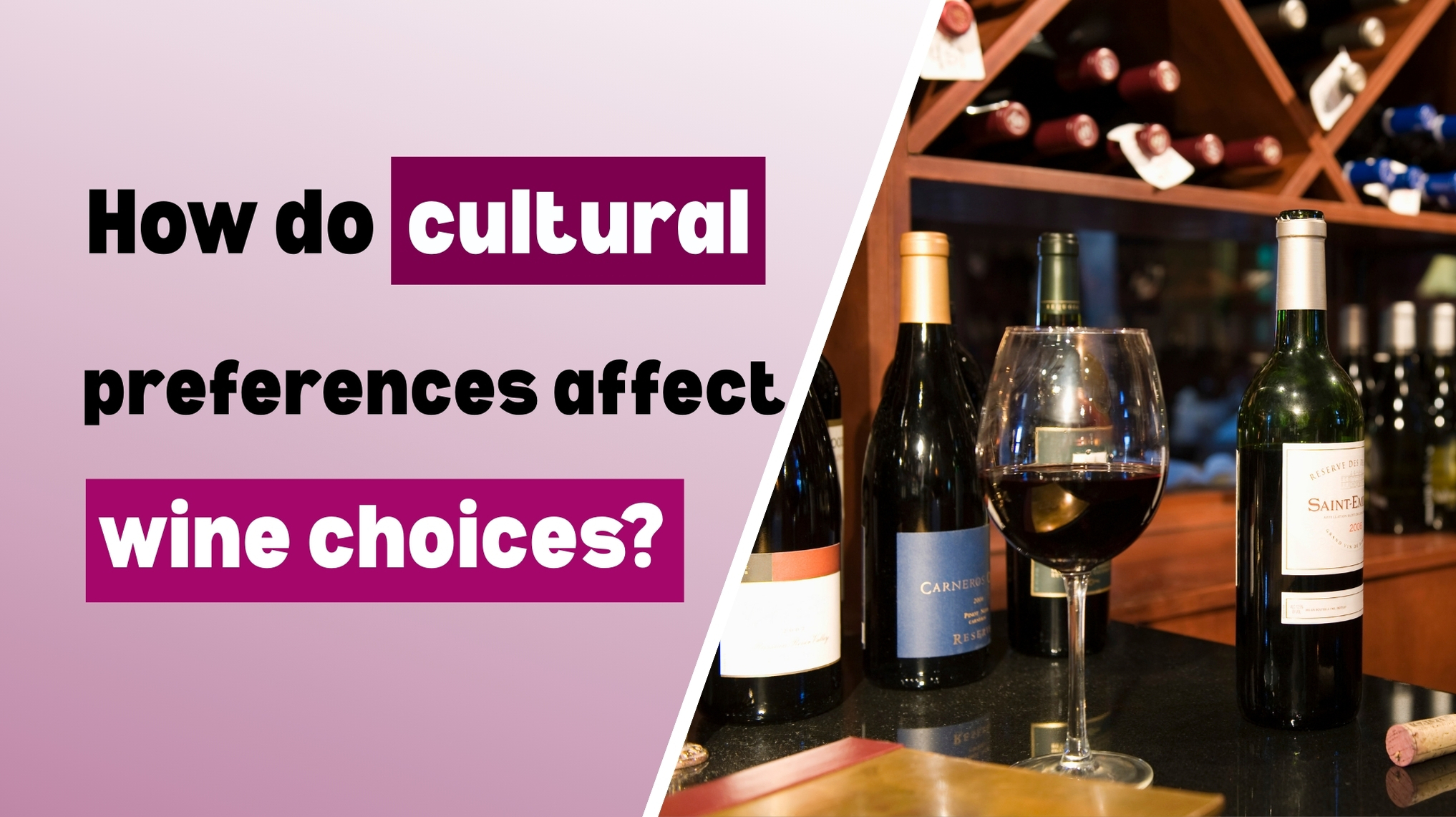How can small wineries compete with big brands?

How can small wineries compete with big brands?
In the competitive wine industry, small wineries often face challenges competing with large, well-known brands. However, by leveraging their unique strengths and adopting innovative strategies, boutique wineries can carve out a distinct niche and thrive.
1. Share Your Unique Story
Every winery has its own story—be it the history of the vineyard, the passion of the winemakers, or the unique characteristics of the land. Sharing this narrative helps create an emotional connection with customers. Use your website, social media, and wine labels to tell your story authentically. Highlight aspects like sustainable practices or family heritage to differentiate your brand and build trust.
2. Embrace Online Marketing and Sales
The internet offers small wineries a chance to reach a wider audience without the need for extensive physical distribution. Develop a user-friendly, mobile-optimized website with e-commerce capabilities to allow customers to purchase wines directly. Engage in social media marketing, email campaigns, and search engine optimization (SEO) to enhance online visibility. Hosting virtual tastings and interactive online events can replicate the intimate experience of a tasting room and foster deeper connections with consumers.
3. Collaborate with Influencers
Partnering with wine bloggers, sommeliers, and social media influencers can expand your brand's reach and credibility. These collaborations can introduce your wines to new audiences through authentic reviews and endorsements. Choose influencers whose values align with your brand to ensure genuine promotion and increased brand awareness.
4. Offer Memorable Experiences
Creating unique and memorable experiences can set your winery apart. Host exclusive events like wine and food pairings, vineyard tours, or seasonal festivals to attract visitors and generate word-of-mouth marketing. Virtual events, such as online tastings, can also engage a global audience and provide an interactive platform to showcase your wines.
5. Focus on Sustainability and Authenticity
Modern consumers are increasingly drawn to brands that demonstrate environmental responsibility and authenticity. Implement sustainable practices, such as organic farming or eco-friendly packaging, and communicate these efforts transparently. Highlight certifications and share stories about your commitment to the environment to resonate with eco-conscious customers.
6. Build Local Partnerships
Forming alliances with local businesses, such as restaurants, hotels, and gourmet food producers, can expand your reach and introduce your wines to new markets. Collaborative efforts, like co-hosting events or creating co-branded products, can enhance brand visibility and credibility. These partnerships provide mutual benefits and can help tap into established customer bases.
7. Use Data to Understand Customers
Invest in analytics tools to understand consumer behavior and preferences. By analyzing data from website traffic, social media interactions, and purchase history, you can tailor your offerings and communications to meet the specific needs of your audience, thereby increasing engagement and sales.Vino
8. Engage with the Community
Participating in local events, wine festivals, and industry associations can enhance visibility and credibility. Engaging with the community and contributing to industry discussions positions your winery as an active and committed player in the wine world, fostering relationships that can lead to collaborative opportunities and increased brand recognition.
By implementing these strategies, small wineries can effectively compete with larger brands, attract loyal customers, and achieve sustainable growth in the wine industry.










